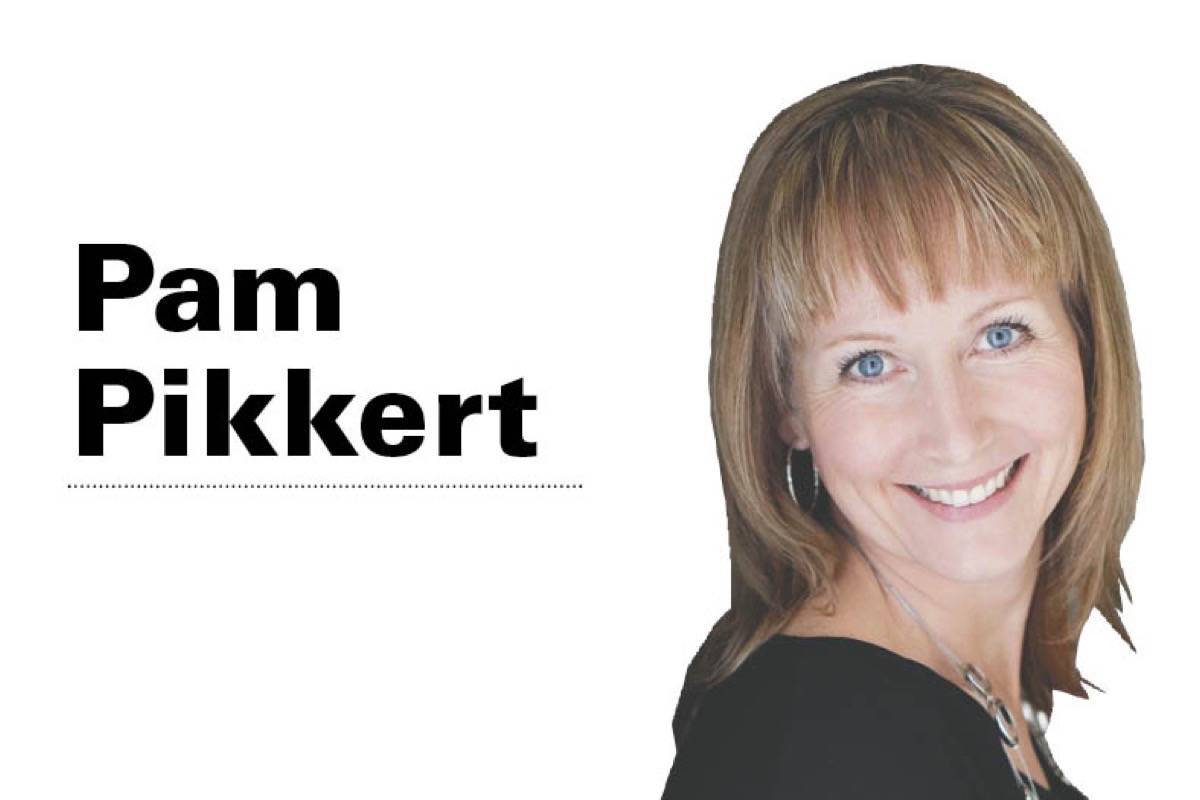This week we continue with our mortgage basics series. It is a good idea to revisit the basics when looking at a complex thing like a mortgage.
There can be misunderstandings which crop up. The mortgage process can be very stressful as you wait for some anonymous entity to decide whether or not you are able to buy the home of your dreams. It is no wonder that things can get missed. Fear not!
We will take a look at some of the basics so you can avoid things best avoided.
There are three types of mortgages in Canada so we will take a look at each in detail so you can decide which the best is for you and your situation.
1. Fixed rate – you can choose anywhere from a six month through a 10-year term. The term is generally a piece of the larger amortization of your mortgage. The longer period is called the amortization and in most cases is a max of 25 years. Choosing the fixed rate gives you the peace of mind that you know exactly what your mortgage payments will be for that time. Most of people choose the five-year which is interesting as the average mortgage in Canada is broken at 38 months. The penalty for breaking a fixed rate mortgage is either three month’s interest or the Interest Rate Differential, whichever is greater.
Each bank and mortgage provider is required to inform you at the time you accept the mortgage of how they calculate their penalties.
In my experience, there is a significant difference between them. It is your responsibility to acquaint yourself with your chosen mortgage provider as to what their policy is. I have long maintained that banks are a business with the mandate of making money and that is a good thing overall.
The good thing is that you are often able to port this mortgage with you to a new property without penalty.
2. Variable or Adjustable Rate – the variable rate is where your interest rate is based on the prime lending rate with either an ongoing premium or discount.
As of today the prime lending rate is 2.95% and the ongoing rate discount is averaging at -.40% which makes your interest rate 2.55%. The prime lending rate can and does fluctuate. It is set by the Bank of Canada who meet four times a year. Your mortgage payments can increase or decrease according to the decisions made.
A common misconception with the variable rate is that it is open or without penalty if it is broken and that is not the case. Most of the time the penalty is three month’s interest. Another consideration for the variable is that it is generally not portable to take with you to another property.
Many people prefer the stability of the fixed rate though if you were to do a look back you would see that variable rates have historically proven to be the best way to save money in the long term. You are fully able to change your variable rate into a fixed rate without penalty.
3. Home equity lines of credit – an interesting misconception I have run into is that a home equity line of credit is not in fact a mortgage.
If a loan has been secured against your property, you, my friend have a mortgage. The advantages of the HELOC is that you do not pay any interest unless you carry a balance, you can make interest only payments and that you can pay it out in full at any time without penalty.
The downside is that if you are not careful and manage your finances well, you will owe the exact same amount in 25 years that you did at the beginning.
The interest rate on the HELOC will depend on your overall credit and is generally set at a prime plus a percentage. The government made some change a ways back and the maximum HELOC you can have is 65% of the appraised value of your home.
You cannot port a HELOC from one property to another and this type of a mortgage allows you to change it to a fixed or variable or a combination of all three with some lenders.
And there you have mortgage types available to you here in the great white north.
Pam Pikkert is a mortgage broker with Dominion Lending Centres – Regional Mortgage Group in Red Deer.



